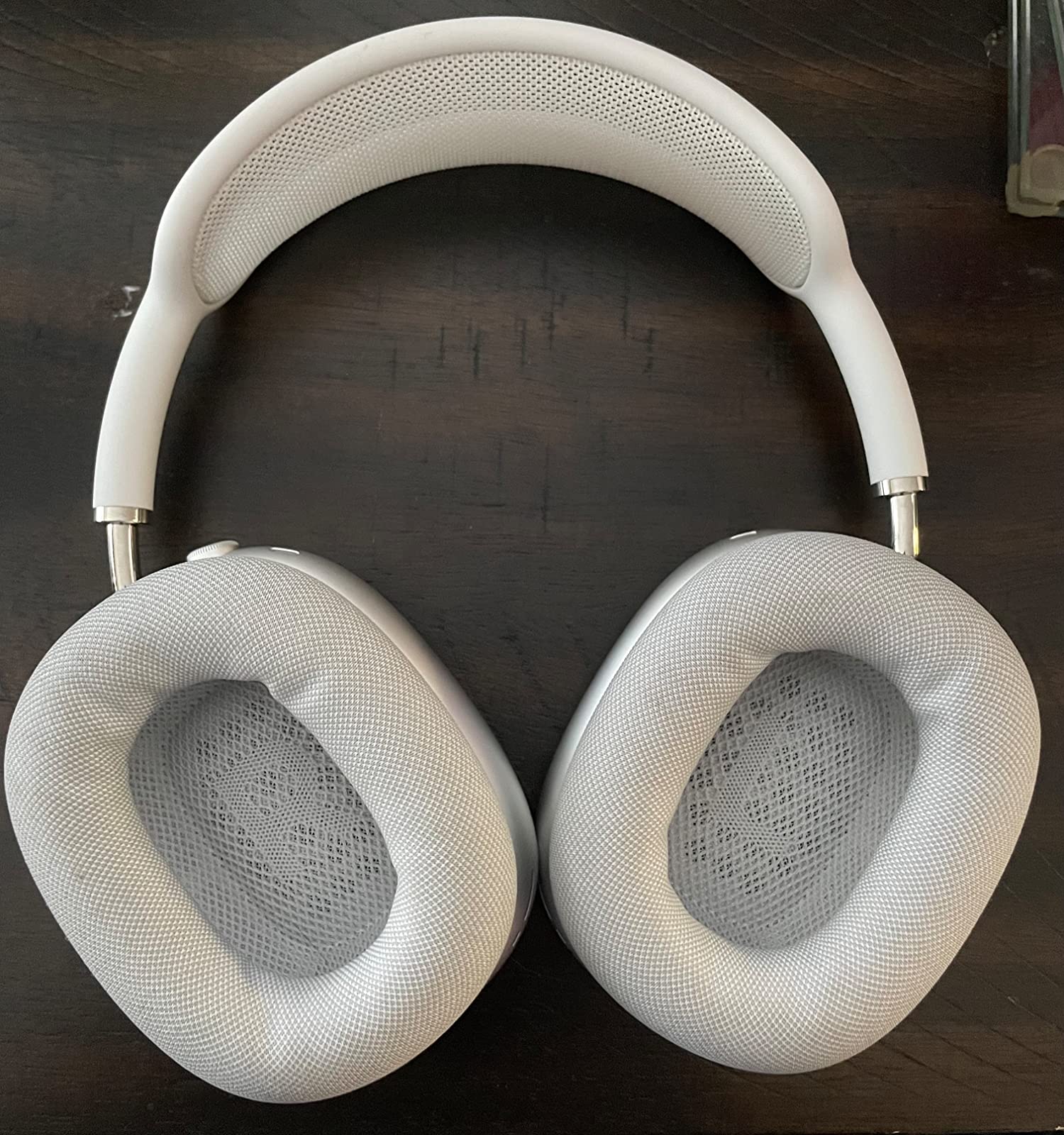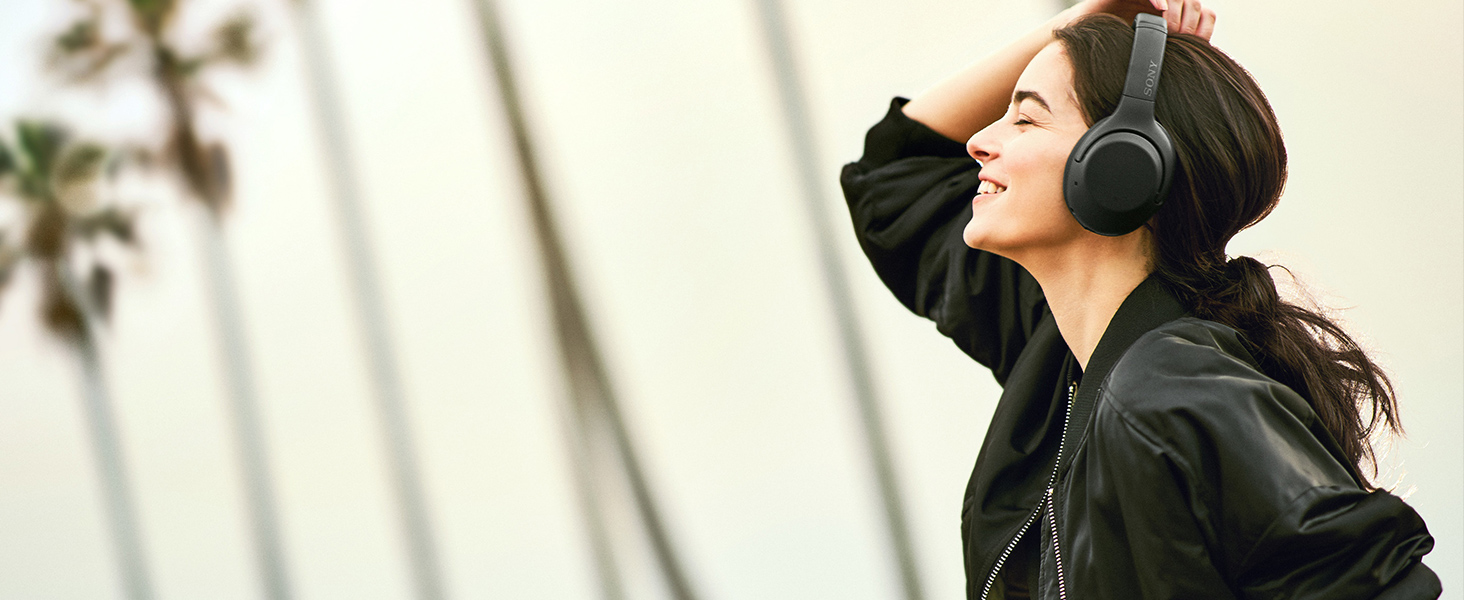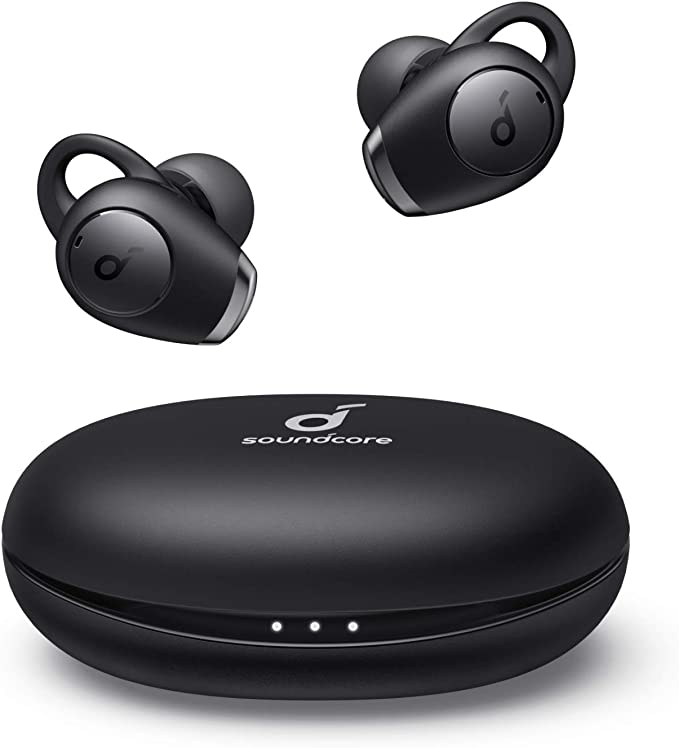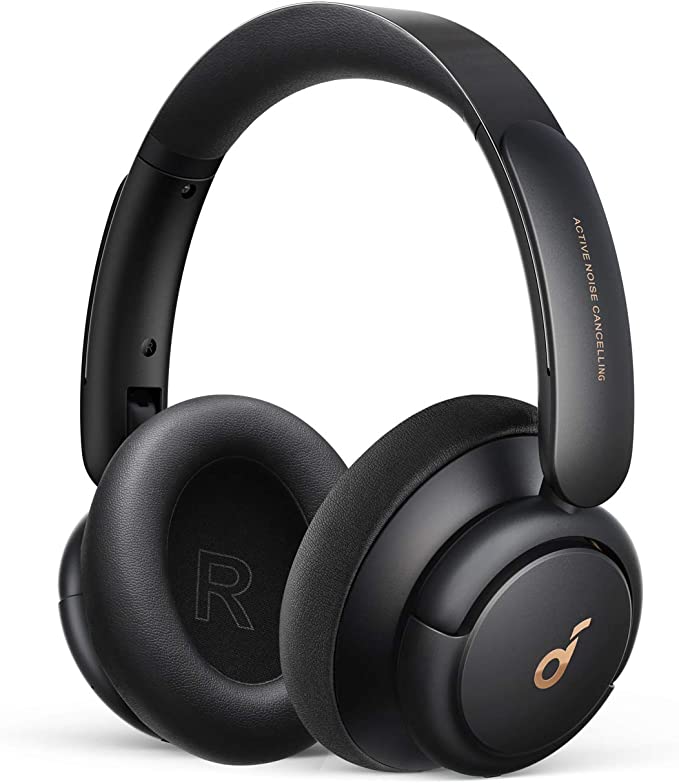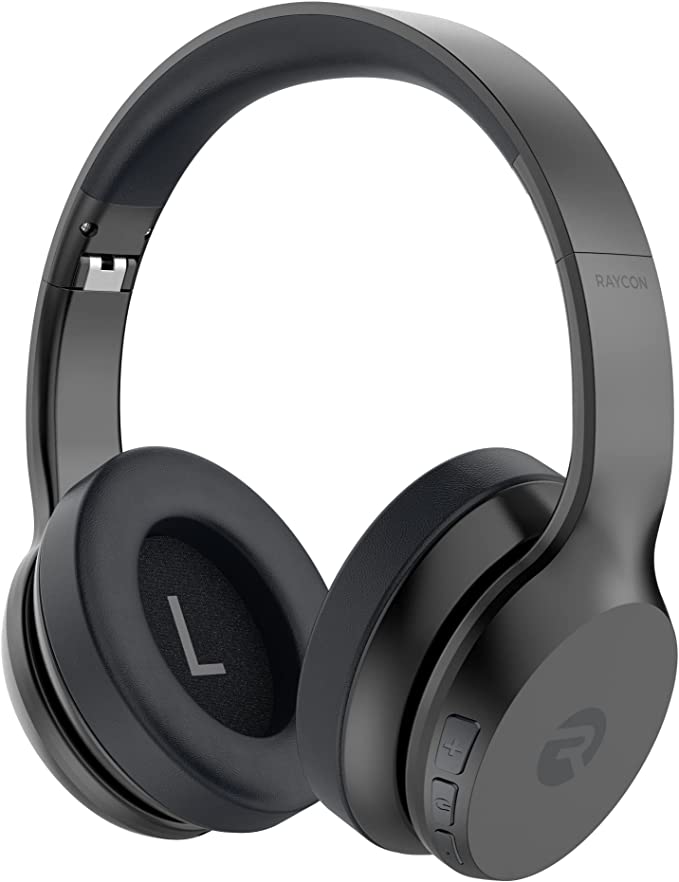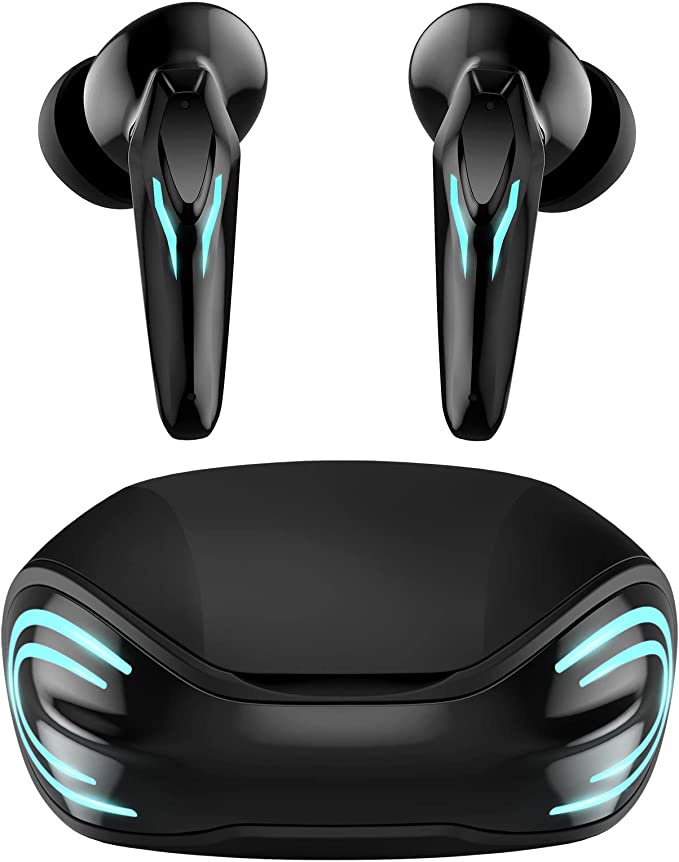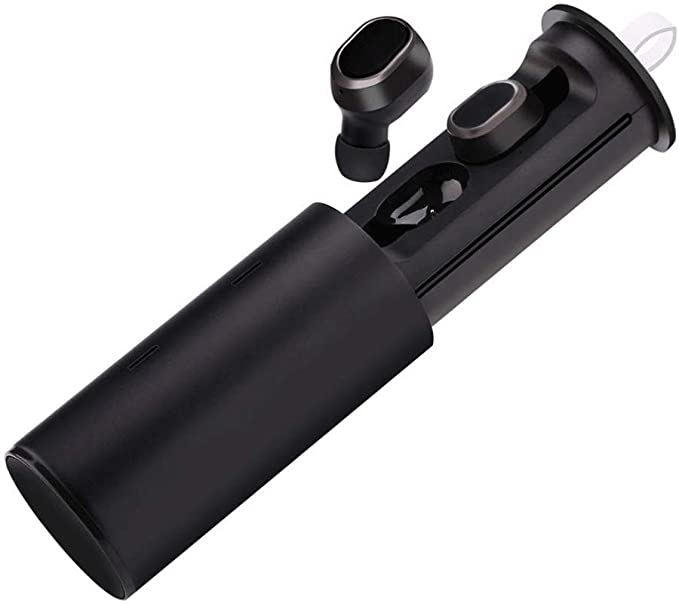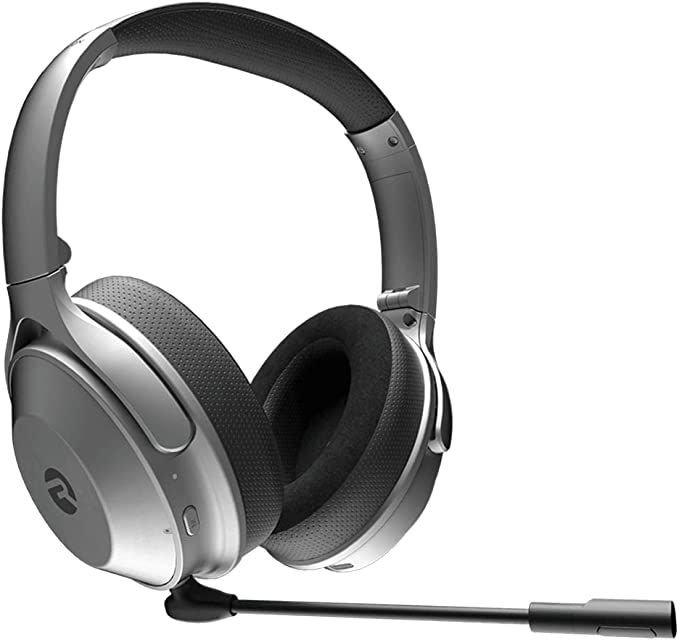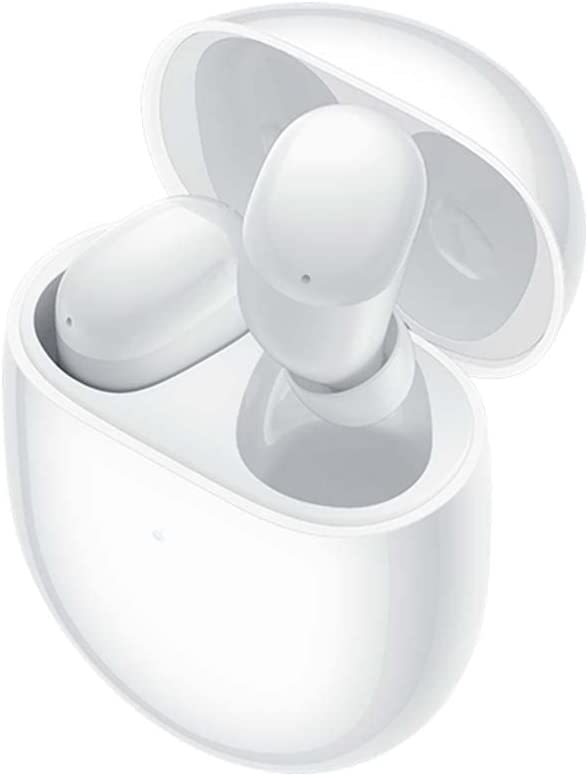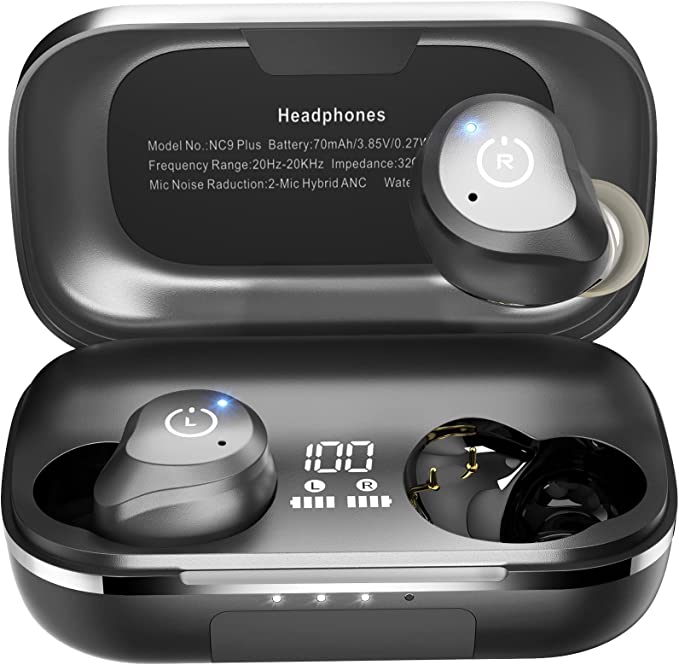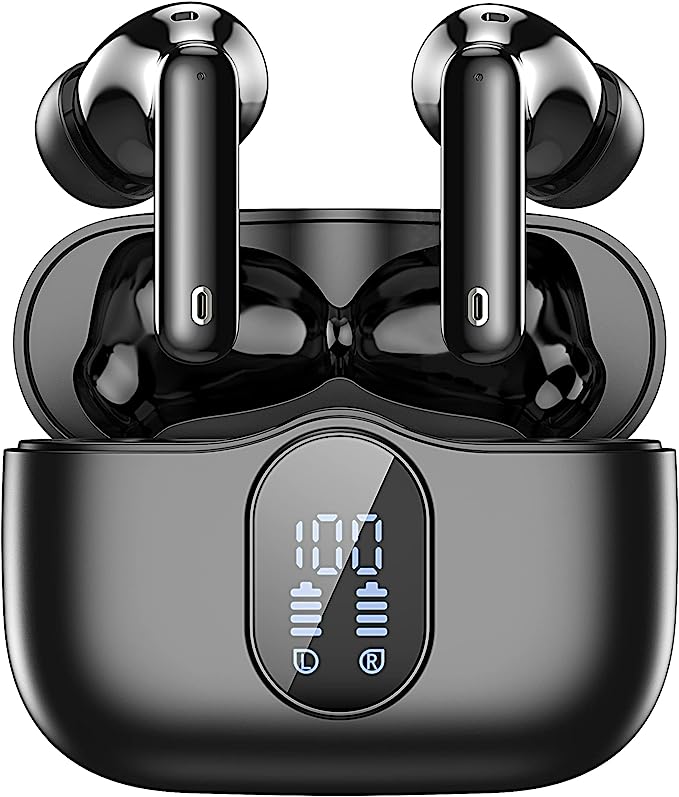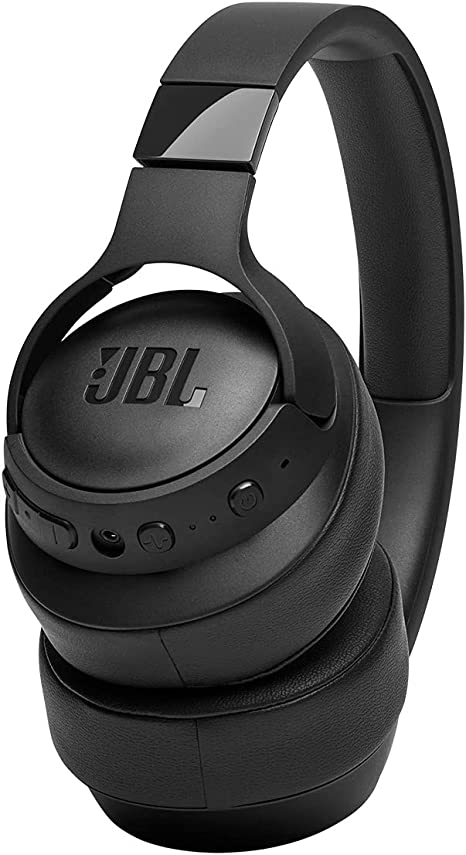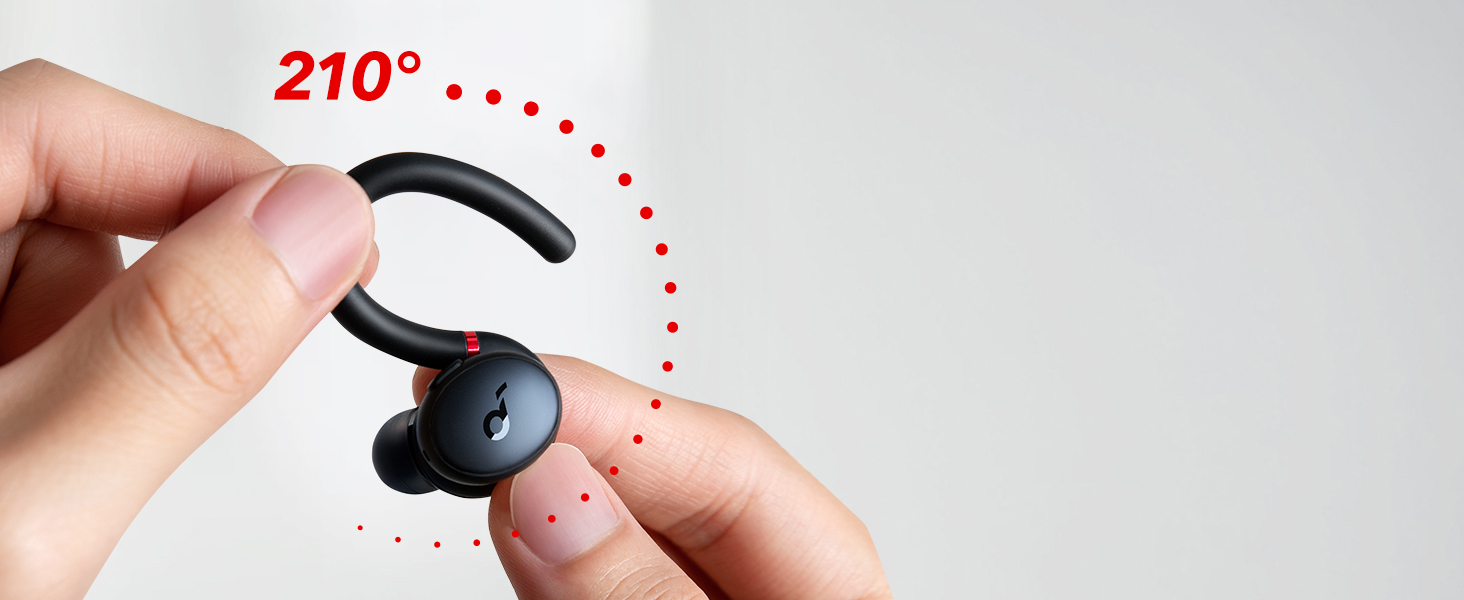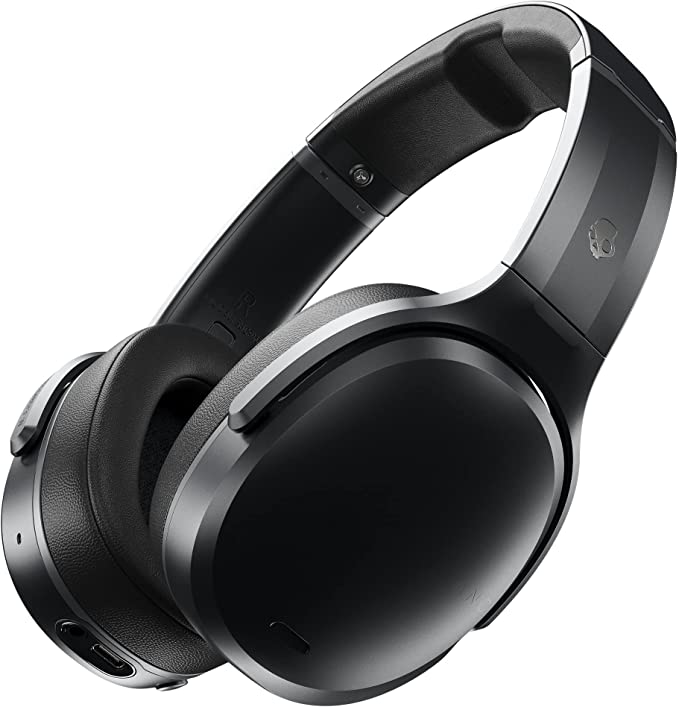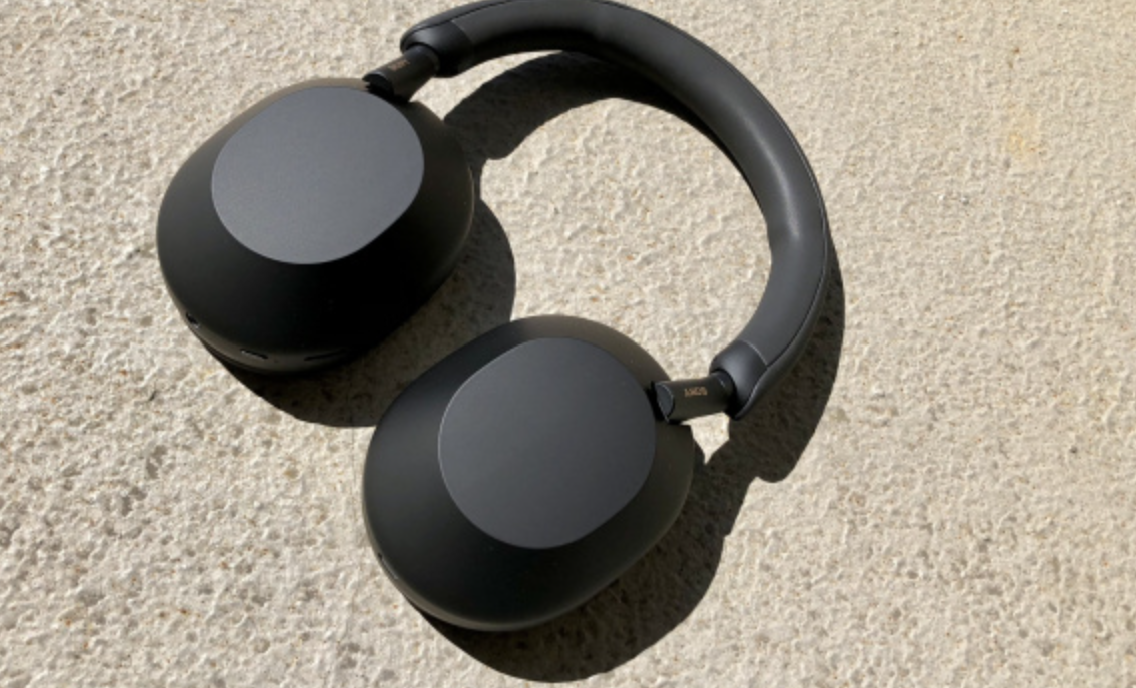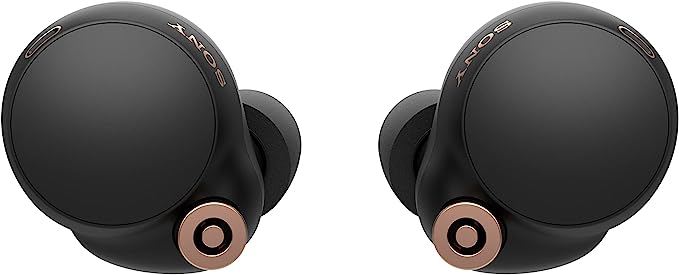Soundcore Life Q20 Hybrid Active Noise Cancelling Headphones: When Silence Meets Hi-Res Audio in Perfect Harmony
Update on July 4, 2025, 4:36 p.m.
The cabin of the Boeing 777 is a pressure cooker of sound. It’s not just one noise, but a chaotic symphony of them: the deep, bone-rattling thrum of the twin engines spooling up, the clipped, urgent chatter from the interphone, the nervous laughter of a nearby passenger, and the incessant, high-pitched whine of the ventilation system. It’s a full-spectrum auditory assault, an invasion of personal space that feels as real as a physical intrusion. In these moments, we crave a sanctuary, a small pocket of the universe that we can claim as our own. I slip on a pair of headphones—in this case, the Soundcore Life Q20—and with the press of a single, small button, the world outside falls away. The engine’s roar collapses into a distant whisper. The cabin’s cacophony dissolves. It feels like magic. But it’s not. It’s physics, born from a moment of profound frustration at 30,000 feet.

The Genesis of Silence
To understand the quiet now enveloping my ears, we have to travel back to 1978. Dr. Amar Bose, a professor of electrical engineering at MIT and founder of the Bose Corporation, was on a flight from Zurich to Boston. Eager to try a new set of airline-provided headphones, he was dismayed to find that the roar of the jet engines completely obliterated the delicate nuances of the music. For most, this would be a fleeting annoyance. For Dr. Bose, it was an intellectual challenge. As the story, now part of tech lore, goes, he pulled out a napkin and began scrawling the mathematical equations for a system that wouldn’t just block the noise, but actively erase it. He envisioned a set of headphones that could listen to the outside world and create an equal and opposite sound wave to cancel it out.
This is the principle of destructive interference, and it is as elegant as it is powerful. Think of an annoying, persistent hum as a continuous, rolling wave. Active Noise Cancellation (ANC) technology uses a microphone to capture that wave, instantly analyzes its shape, and then generates a precise mirror image of it—an “anti-noise” wave where every crest matches the original’s trough, and every trough matches its crest. When these two waves meet at your eardrum, they neutralize each other. It’s not masking the sound; it’s a precise, surgical removal.
The Soundcore Life Q20 in my hands is a direct, modern descendant of that napkin sketch, but with a crucial evolution: a Hybrid ANC system. This is a two-layer defense. First, a “feedforward” microphone on the outside of the earcup acts as a forward sentry, detecting ambient noise before it even reaches my ear and creating the primary anti-noise signal. Then, a “feedback” microphone inside the earcup acts as an internal guard, detecting any noise that has managed to leak past the first defense and creating a second layer of correction. This dual system is incredibly effective at nullifying the constant, low-to-mid-frequency drones of planes, trains, and air conditioners. It’s an architecture of silence, built wave by opposing wave. Of course, it’s not omnipotent; the sharp, unpredictable bark of a dog or a sudden shout can still pierce the veil, as these high-frequency sounds happen too quickly for the system to react perfectly. But for the relentless hum of modern travel, it’s a revelation.

In Pursuit of the Real
With the canvas of the world now quieted, a new question arises. What do we choose to paint on it? Erasing noise is one thing; recreating sound with lifelike fidelity is another challenge entirely. This is the quest for high-fidelity audio, a journey from mere hearing to a more profound sense of feeling and immersion.
These headphones, like many high-quality audio devices today, boast a Hi-Res Audio certification. As defined by the Japan Audio Society, this standard signifies that a device can reproduce sound from digital files that are better than CD quality (which is 16-bit/44.1kHz). The key specification here is the ability to reproduce frequencies up to 40 kHz. This number immediately raises a valid question: why bother, when the absolute upper limit of human hearing teoriees around 20 kHz, and for most adults, it’s closer to 16-18 kHz?
The answer lies in the subtle and fascinating field of psychoacoustics. While we may not be able to consciously “hear” a 30 kHz tone, its presence in a piece of music can interact with the frequencies we can hear, subtly changing our perception of them. Think of it like a master painter’s canvas. From a distance, you see a photorealistic image. Up close, you see thousands of individual brushstrokes, many of which are imperceptible from afar. Yet, the removal of those tiny, seemingly insignificant strokes would fundamentally alter the painting’s texture, its depth, the way the light seems to play across its surface. Those inaudible, ultrasonic frequencies in a Hi-Res audio track act like those brushstrokes, contributing to a greater sense of “air,” spaciousness, and realism. They help reconstruct the subtle ambient cues of the recording space, making a studio recording feel less sterile and a live recording feel more present.
This rich stream of data is given voice by the 40mm dynamic drivers within the earcups. These are the engines of emotion, translating electrical signals into the physical movement of air. The large diameter of the driver’s diaphragm allows it to push a greater volume of air, which is crucial for reproducing deep, impactful bass without distortion and for creating a wide, expansive soundstage that makes music feel like it’s happening around you, not just inside your head.

The Unsung Miracle of Endurance
As the hours of the flight melt away, two other aspects of the design make their importance known, not through their presence, but through their absence—the absence of pain and the absence of a low-battery warning. The experience of wearing headphones for an extended period is a direct conversation with material science. The plush earcups use memory foam, a viscoelastic polyurethane. Under pressure, it deforms slowly to perfectly match the unique contours of your head, distributing its clamping force so evenly that you almost forget it’s there. This not only provides comfort but also creates an excellent physical seal, which is the first line of defense against noise—what’s known as passive noise isolation.

And the fact that I can run the complex processing of hybrid ANC for what the manufacturer claims is up to 40 hours is its own quiet miracle. This endurance is a testament to the synergy of two technologies: the high energy density of modern Lithium-Polymer batteries, which pack immense power into a small, lightweight package, and the remarkable efficiency of the Bluetooth 5.0 protocol, which maintains a stable connection while sipping power. It’s an unsung feat of engineering that ensures the sanctuary, once created, can last for the entirety of the journey.

As the plane begins its descent into the sprawling lights of Tokyo, the journey feels like more than just a physical crossing of the globe. It was a journey through the history of an idea—from a flash of insight on a noisy flight to a sophisticated piece of technology accessible to millions. The headphones come off as the wheels touch the runway, and the world’s vibrant cacophony rushes back in. The experience highlights the profound power that technology can grant us: the ability to curate our own reality, to choose our own soundtrack. The great promise of innovations like this, embodied in affordable devices like the Soundcore Life Q20, is not just about better-sounding music or quieter flights. It’s about the democratization of personal space, returning to each of us a small, but deeply meaningful, measure of control over our sensory world.
